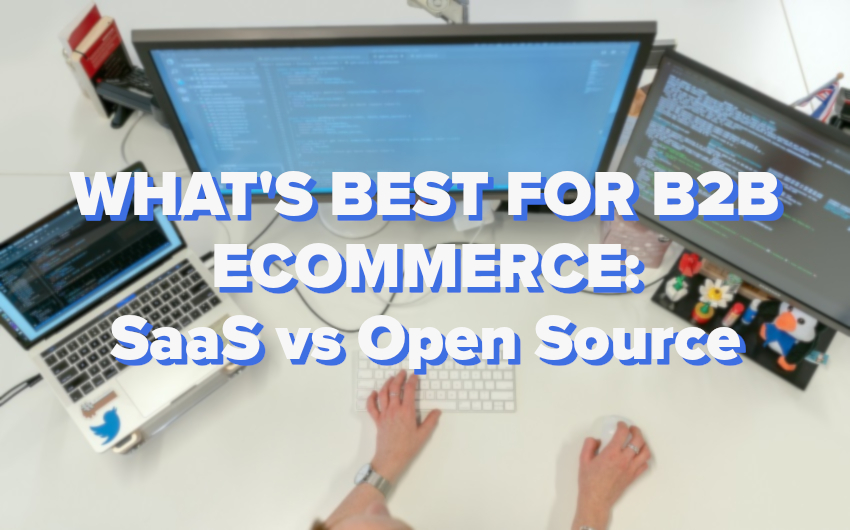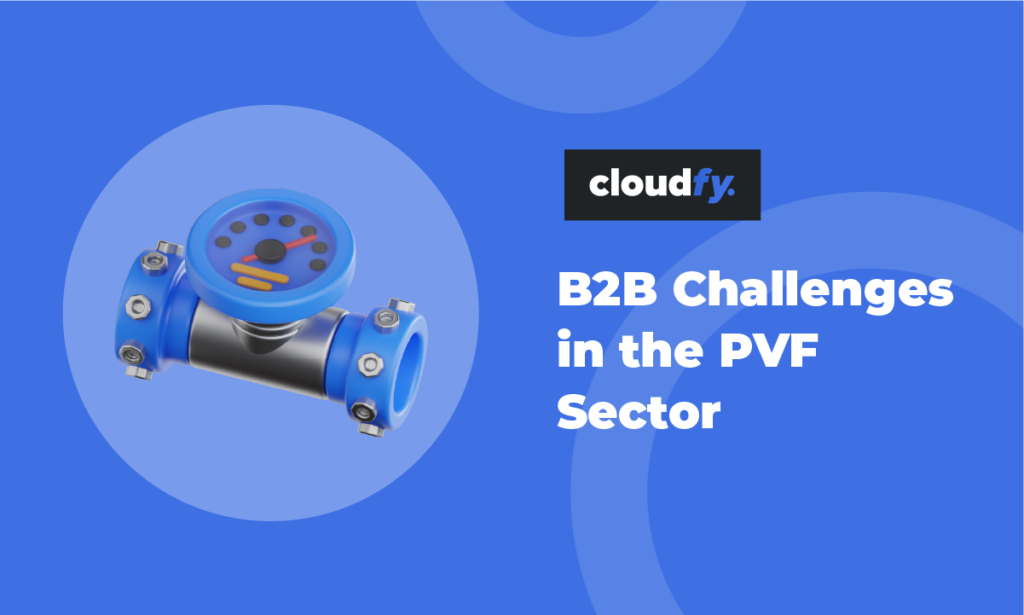One of the things you will need to decide before taking the next step in your ecommerce journey is whether an open source or software as a service (SaaS) platform will be best for your business. Whether your goal is to improve your performance in search engine results pages (SERPs) or to build your brand online with improved presentation and customer experiences, there are pros and cons for both options.
Open Source Ecommerce Platforms
An open source ecommerce platform will give you full access to the source code. This means you can modify and customize it to meet your specific needs. If you have digital development or IT skills, this might be an attractive option for you. It’s also an option that might be considered by organizations that want full control of their ecommerce environment or when they don’t want to be committed to a single provider. However, because the code is widely available, cybercriminals can also access it to search for vulnerabilities. Overall, you will be responsible for every aspect of your ecommerce platform and its hosting, which could become a burden as your business grows.
SaaS Ecommerce Platforms
A software as a service (SaaS) platform like Cloudfy is a subscription-based alternative built and maintained by a third-party. You will have access to ecommerce functionality that is hosted in the cloud. Your provider will be responsible for hosting, software maintenance and upgrades and the security of your ecommerce infrastructure. You will be responsible for appropriate use of the software and the security of your data and your customer’s sensitive information. Because your solution is cloud-based it can scale as your business grows.
What’s are the key differences?
Open source and SaaS platforms will both allow you to present an effective ecommerce site, but you will find significant differences behind the scenes.
COST – open source software is free to download and use so it might appear to be less costly. However, along with more control you will also have more responsibilities. You will have to work out your development, hosting, security, management and maintenance requirements to have a full picture of the cost. It’s important to set a realistic budget, especially if you don’t have in-house expertise. You will probably need to take advice from developers, hosting companies and other users before setting out on this path.
SaaS platforms are typically provided for a known monthly or annual subscription, making it easier to manage your budget. Your provider will look after all of your ecommerce functionality, such as hosting, security, and payment card industry (PCI) compliance. If you don’t have or don’t want to have in-house technical skills to maintain your ecommerce site this could be a good option for you. Modern SaaS platforms like Cloudfy offer extensive functionality and integrations out of the box, so you will have access to powerful ecommerce tools. If you have specific requirements, most providers also have an application programming interface (API) for customization.
SECURITY – when you’re handling sensitive customer data, such as addresses, credit card information and transaction histories, keeping it safe and secure from criminals is a top priority.
When you use an open source platform it will be your responsibility to meet PCI standards and to maintain your site’s overall security. Your site will need to be protected by a robust and bug-free security firewall.
With a SaaS platform your service provider will normally manage the security and PCI compliance for your site. Many will also update your site automatically in the cloud when new security upgrades and patches are available, reducing your risk and minimising disruption and possible down-time.
INSTALLATION – open source software can be installed for free but configuring and managing your ecommerce site to meet your needs will be your responsibility.
SaaS sites come with pre-built features, themes and tools that allow you to get your site up and running quickly. In most cases they will have a user-friendly interface so you won’t need specialist in-house skills to update and maintain your content and functionality.
CUSTOMIZATION – as the ecommerce market becomes more competitive you will want to offer exceptional experiences to your customer to meet and exceed their expectations. This makes the ability to customize your ecommerce site a priority.
When you use an open source platform you will have full control and, potentially, you can completely customize your product pages and themes all the way through to your check-out page. While there are thriving communities of developers creating new plug-ins and extensions and experts who can create bespoke solutions for you alongside your own expertise, you will have to make sure that any third-party customized elements you use work together. If there’s a problem it will be your responsibility to resolve it and this might involve bringing in specialists to help you with troubleshooting.
A common concern is that customizing a SaaS platform will be more limited because you don’t have access to the source code. However, in most cases you can create your own unique ecommerce experience with a wide range of pre-designed templates, add-ons, themes and plugins. You can also expect to find third-party extensions that are approved by your provider, although these may cost extra.
MAINTENANCE – this will be your responsibility if you choose and open source option, including your platform’s infrastructure and administration. Alternatively, your SaaS provider will handle maintenance and upgrades to keep your site performing well.
COST OF OWNERSHIP – the cost of building, operating, and maintaining your site must work within your budget. An open source platform requires ongoing care and attention so it’s important to include the time it will take to achieve this as well as the actual costs.
In contrast, your SaaS platform subscription will include these costs and is likely to have a lower total cost of ownership (TCO). Importantly, since ecommerce is the business of your SaaS provider, you can be confident that they will be continuously innovating, maintaining high standards, and following best practices.
Helping You Make the Best Choice for Your Business
Your choice will depend on your business needs, your budget and resources. Cloudfy has been designed from the outset to meet the needs of business to business ecommerce organizations. It’s a cost effective solution with a powerful API to meet your customization needs and it is scalable, so it can grow with your business.
Before you make your decision, we invite you to explore the functionality of Cloudfy. Schedule your free demo today.






